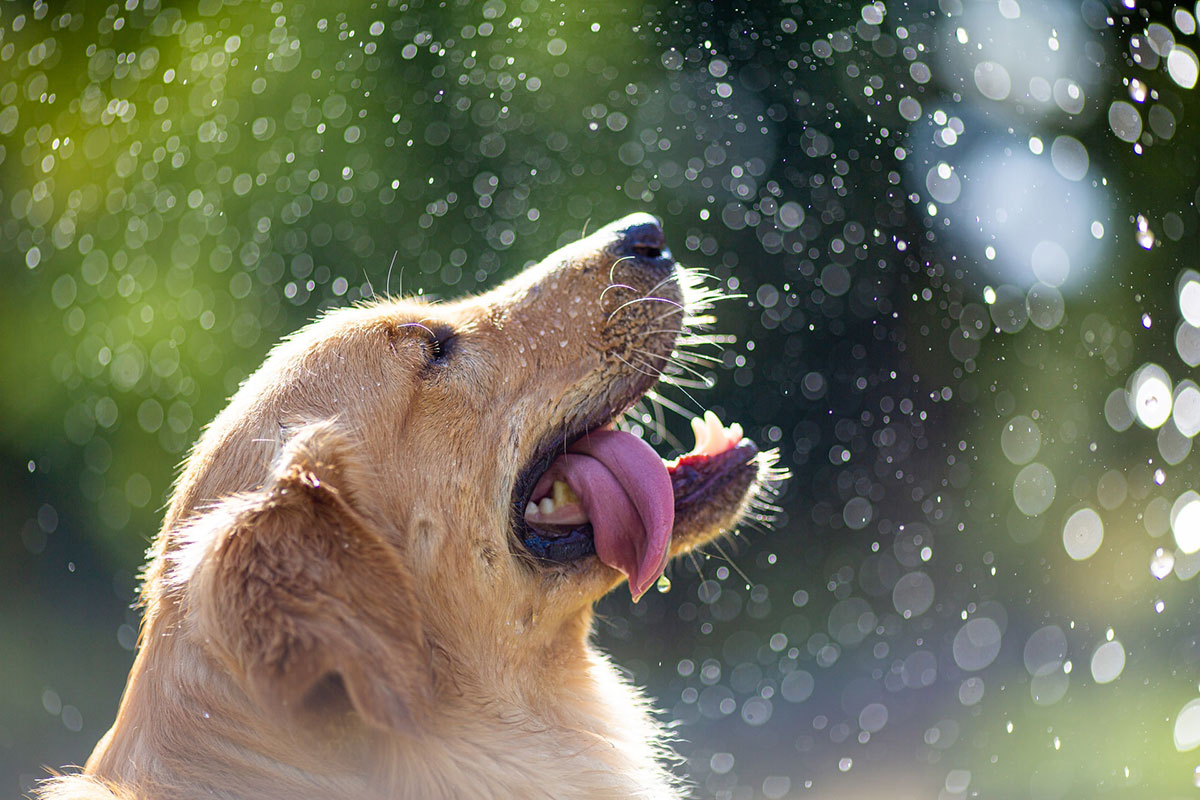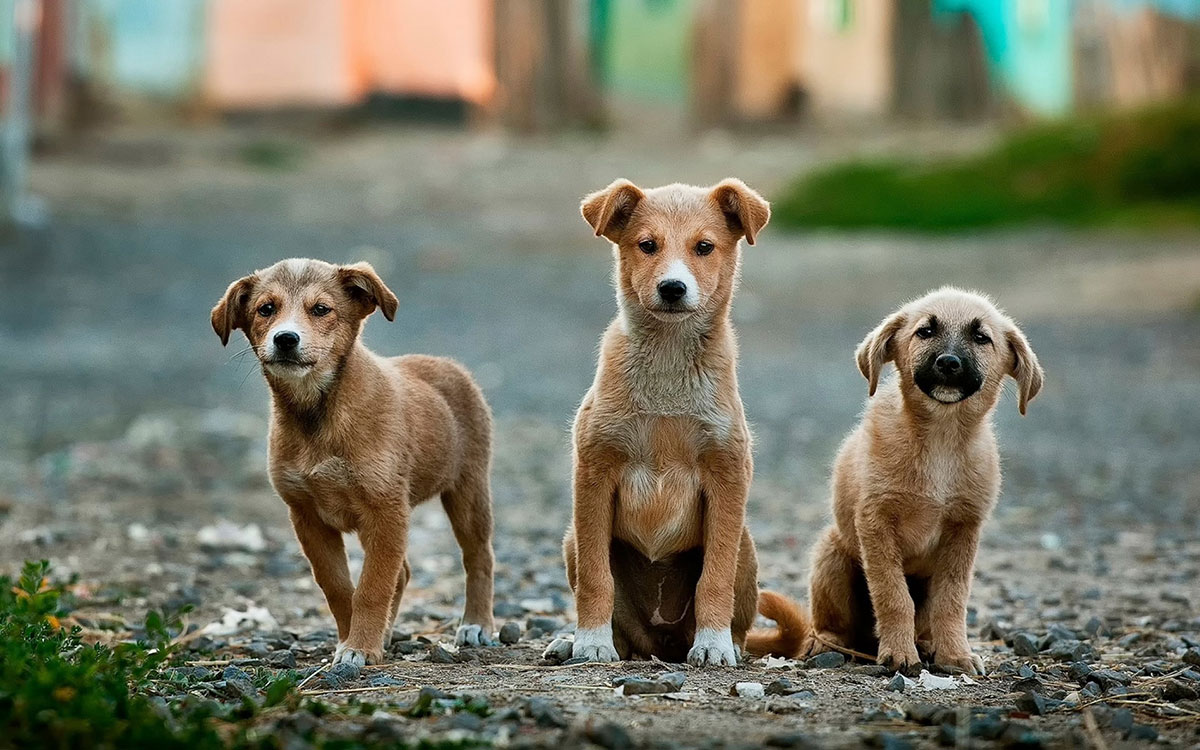Many dog owners find urban walks stressful because of their pet’s reactive barking. This problem often comes from the environment and past experiences. It makes simple walks a big challenge.
To tackle dog reactivity, we need a detailed plan. We must find out what causes the barking and use good barking solutions. This way, walks can become fun again.
This article will dive into the world of reactive barking. We’ll share insights and tips to help dog owners deal with this issue.
Understanding Reactive Barking in Urban Environments
It’s important for dog owners in cities to know why their dogs bark reactively. This behavior often happens during walks. Several reasons can cause it.
Genetic predisposition is a big factor. Some breeds are more likely to bark reactively because of their history. For example, guard dogs might bark at strangers and loud noises.
Lack of socialization is also key. Dogs not exposed to different places, people, and animals may bark when they see new things. This is common in cities.
Past traumatic experiences can also lead to reactive barking. A dog that had a bad experience, like being attacked, might bark at similar things later.
Knowing a dog’s body language helps understand their feelings. Signs like raised hackles, growling, and avoiding eye contact show stress or fear.
- Watch how your dog reacts to different things.
- Find out what makes them bark reactively.
- Fixing reactive barking takes time and consistent training.

By knowing why dogs bark reactively and recognizing signs, owners can start to fix this issue. This makes walks better for both the dog and the owner.
Common Triggers for Reactive Barking During City Walks
Knowing what makes dogs bark reactively is key for city walkers. Dogs bark for many reasons when out in the city.
Common Triggers include other dogs, people, loud noises, and certain places. Seeing other dogs, whether on leashes or not, can make dogs bark. People, too, can cause barking, like those with loud or odd clothes.

Loud sounds like construction or sirens can also set off barking. Busy streets, parks, or crowded areas can make dogs bark too. For tips on handling this, check out dog training podcasts.
Some dogs bark in specific situations, like being on a leash or in small spaces. Knowing what triggers your dog’s barking is the first step. For example, a dog might bark at other dogs because of fear or to protect its territory. Figuring out why your dog barks can help you manage it better. Websites like Barking Batty offer more advice on stopping reactive barking.
By understanding what makes dogs bark, owners can make walks better for everyone. It’s all about recognizing and addressing the triggers.
The Psychology Behind Your Dog’s Reactive Behavior
Reactive behavior in dogs often stems from fear and frustration. It’s key to grasp these factors to tackle reactivity well. Dogs may bark, growl, or act aggressively due to various triggers like other dogs, people, or sounds.
Dogs’ minds are shaped by their genes and environment. Fear and anxiety are common reasons for reactive behavior. When they sense danger, they defend themselves, leading to defensive actions.

Looking into dog psychology, we see that past experiences greatly influence their behavior. Traumatic events or bad experiences can make dogs react aggressively or fearfully to certain things.
| Psychological Factor | Influence on Reactive Behavior |
|---|---|
| Fear | Triggers defensive reactions such as barking or aggression |
| Frustration | Can lead to irritability and reactive outbursts |
| Excitement | May cause dogs to react impulsively to stimuli |
Understanding why a dog reacts is the first step to fixing the problem. By knowing the reasons, owners can create plans to reduce their dog’s reactivity.
Assessing Your Dog’s Specific Reactive Triggers
Figuring out what makes your dog bark a lot is key to solving the problem. It’s important to know what sets off their reactivity.
Start by watching how your dog acts in different situations. Keep a journal of when they bark a lot. Write down the time, where you were, and what might have caused it.
Key areas to observe include:
- The presence of other dogs or animals
- Interactions with people, including strangers or children
- Exposure to loud noises or unexpected sounds
- Encountering bicycles, skateboards, or other fast-moving objects
By watching and recording your dog’s reactions, you can spot patterns. This helps you plan how to deal with their barking.

After finding out what triggers your dog’s barking, you can start working on solutions. This might mean training, changing your walks, or using special gear.
Solving Reactive Barking During Urban Dog Walks: Effective Training Techniques
Walking your dog in the city can be tough because of reactive barking. But, there are ways to make walks better. With the right training, you can help your dog feel more calm and happy during walks.
Effective Training Techniques include counterconditioning, desensitization, and basic obedience training. These methods help dogs feel less stressed around things like other dogs, people, and loud noises.
Practicing in Controlled Environments First
It’s important to practice these techniques in safe places before facing real-life triggers. This way, you can adjust the training to fit your dog’s needs. You can also slowly introduce them to triggers.
- Start with low-distraction areas and gradually increase the level of distraction.
- Use positive reinforcement techniques, such as treats and praise, to encourage good behavior.
- Be consistent in your training approach to avoid confusing your dog.
Here’s a comparison of different training techniques:
| Training Technique | Description | Effectiveness |
|---|---|---|
| Counterconditioning | Associating triggers with positive outcomes | High |
| Desensitization | Gradually exposing dogs to triggers at a low level | High |
| Basic Obedience Training | Teaching basic commands to distract from triggers | Medium |
By practicing these techniques in safe places and slowly introducing triggers, you can help your dog feel more calm and confident. This makes walks in the city better for both you and your dog.
Essential Equipment for Managing Reactive Dogs in the City
Choosing the right gear is key for city walks with reactive dogs. The right equipment can greatly lessen your dog’s stress and reactivity.
A well-fitted harness is a must-have. Easy Walk Harnesses are top picks. They stop pulling and make walks comfy for both dog and owner.
The Gentle Leader is another great tool. It’s a head halter that helps steer your dog and cuts down on pulling. It’s super helpful for dogs that get upset by other dogs or people.
Crates are also crucial. They give a safe spot for your dog to chill and lower anxiety during walks.
For more tips on handling reactive dogs, check out dog training podcasts. They have expert advice on dog behavior and training methods.
| Equipment | Purpose | Benefits |
|---|---|---|
| Easy Walk Harnesses | Discourage pulling | Makes walks more comfortable, reduces reactivity |
| Gentle Leader | Control direction, reduce pulling | Effective for dogs reactive to other dogs or people |
| Crates | Provide a safe space | Reduces anxiety, provides a place to relax |
With the right gear, city walks can be better for reactive dogs. It makes walks more enjoyable and less stressful.
Creating a Structured Urban Walking Routine
Urban dog walks can be easier with a set routine. This routine should avoid places that might upset your dog. A regular schedule makes your dog feel safe and in control, which lowers the chance of them barking too much.
To make a good routine, find out when your dog is calmest. This is usually early morning or late evening when it’s less busy outside.
Key Components of a Structured Walking Routine:
- Consistent timing to establish a sense of predictability
- Route planning to avoid known triggers
- Positive reinforcement training during walks
- Regular breaks for relaxation and hydration
On stressful days, indoor exercises can be a great option. They help keep your dog active and calm.
Indoor Exercise Options for High-Stress Days
Indoor activities are good for both physical and mental health. They help lower your dog’s stress.
| Exercise | Description | Benefits |
|---|---|---|
| Hide and Seek | Hide treats or toys around the house, encouraging your dog to search. | Mental stimulation, reduces boredom |
| Stair Climbing | For homes with stairs, guide your dog up and down. | Physical exercise, improves cardiovascular health |
| Indoor Fetch | Throw a ball or toy down a hallway or room. | Physical exercise, strengthens bond between dog and owner |
Using these indoor exercises on stressful days keeps your dog happy and healthy. It also reduces the chance of them barking too much during walks.
The Emotional Journey: Supporting Both Dog and Owner
Dealing with reactive barking is a big challenge. It needs support and understanding for both the dog and the owner. It’s hard for owners because it affects their dog’s behavior and their own well-being.
Supporting dogs means understanding their triggers and reactions. Recognizing the emotional impact of reactive barking on dogs is a key step. It helps create a supportive environment for them.
Owner support is also key. Managing a reactive dog can be very stressful. Owner support groups offer a safe place to share and learn from others.
Working through reactive barking together strengthens the bond between dog and owner. They can build a more positive and resilient relationship by facing challenges together.
Remember, the emotional journey is not alone. Getting help from dog trainers or behaviorists is important. They provide guidance and help owners understand and manage their dog’s behavior.
By focusing on the emotional journey and supporting both dogs and owners, we can make urban walks better. It becomes a more enjoyable and stress-free activity for everyone.
Conclusion: Creating Positive Urban Walking Experiences
Understanding why dogs bark and using the right training can make walks better. Knowing what triggers their barking and using the right gear helps a lot.
To have good walks, you need to know about reactivity and what makes your dog bark. Check out Barking Batty for tips on less barking in apartments.
With the right steps, walks can be fun for everyone. Focusing on how to stop barking and having a routine makes walks calm and enjoyable.






